Resilience
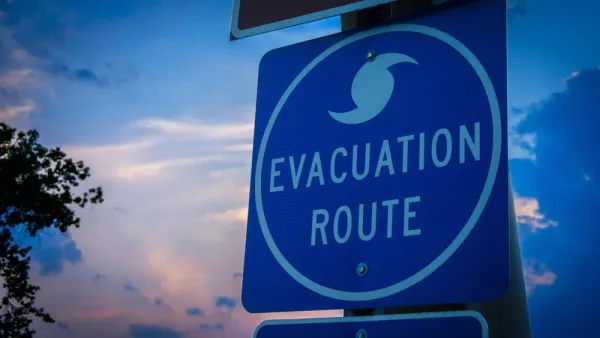
The Compounding Dangers of the Virus and Natural Disasters
As Hurricane Laura intensified into a Category 4 storm, public officials had to make decisions about evacuation during a time of sheltering in place. Researchers at Texas A&M University developed a risk index to guide decisionmaking processes.
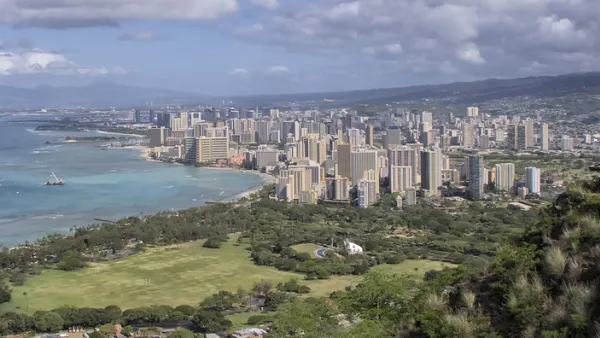
Five Actions to Combat COVID-19 in Hawaii
A data-driven approach is needed to figure out how the disease has spread in the islands and what can be done to contain it.
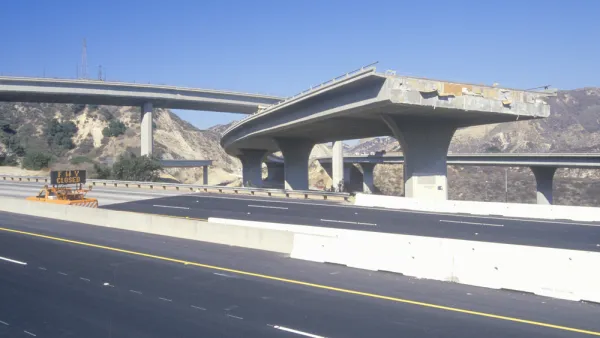
Resilient Los Angeles: Preparing for Overlapping Disasters in Pandemic
L.A. City Chief Resilience Officer Aaron Gross elaborates on how the pandemic is shaping the city’s understanding of resilience and the cascading impact that overlapping disasters of earthquake or wildfire could have on the city’s limited resources.
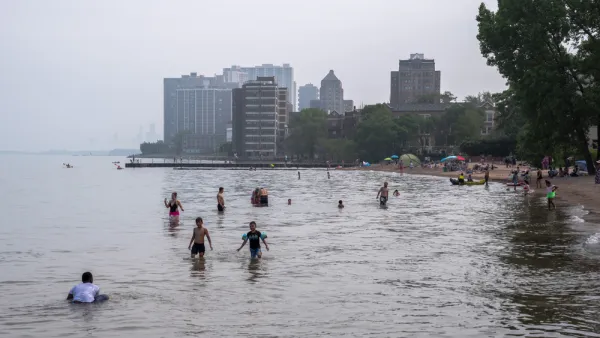
Lake Michigan Continues to Rise, Damaging Property and Infrastructure Along the Way
A tide that began to rise in 2019 hasn't receded, according to local sources along Lake Michigan.
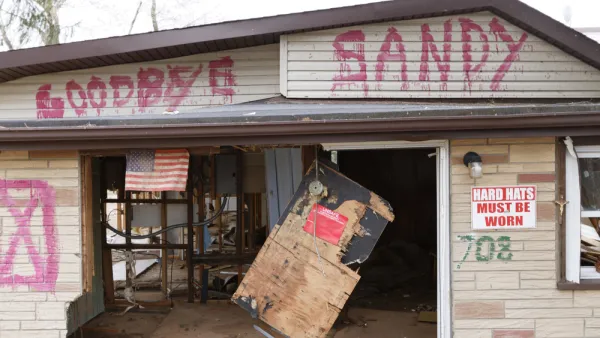
Managed Retreat in New York City
More and more New Yorkers will face the prospect of encroaching seas in the coming decades, and the unwanted choice of whether to stay or to go.
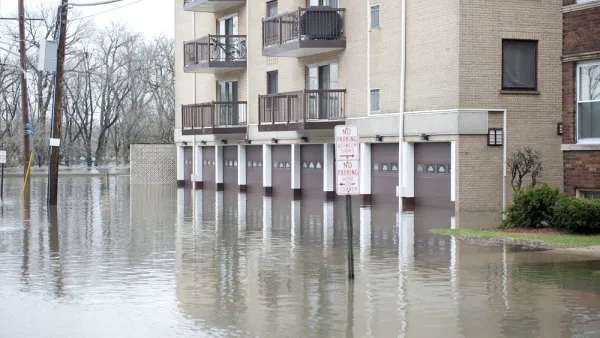
New Study Reveals Massive, Unaccounted Flood Risk
The Federal Emergency Management Agency undercounts the humber of homes at substantial risk of flooding by some 70 percent, according to a report released this week.
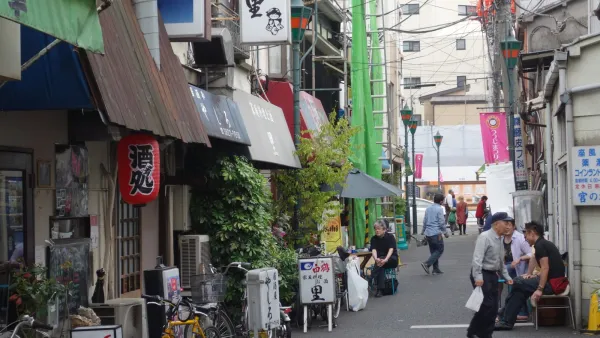
A Different Kind of Density: Lessons From Asian Megacities
As the pandemic has made clear, a healthy, prosperous future will depend on the development of the kinds of density that encourage strong social infrastructure.
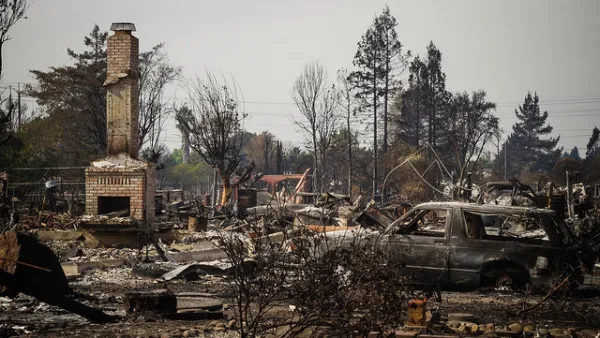
Budget Crunch Threatens California's Climate Resilience Plans
Facing a massive budget due to the declining revenues created by the coronavirus pandemic, California will have to cut a program intended to retrofit homes and roofs as a protection against wildfire, among other climate resilience programs.
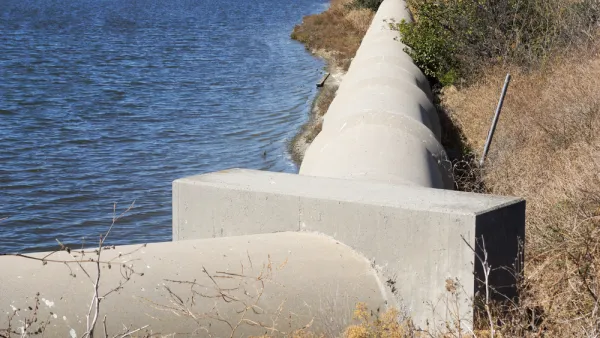
Can Bay Area Communities Come Together to Plan for Sea Level Rise?
Bay Area municipalities need to work together to enable a comprehensive plan to protect against sea-level rise. Communities may be submerged as early as 2030.
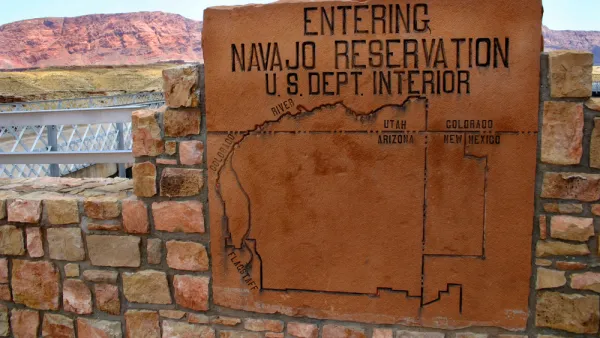
Water Supply Inadequacies Tied to Coronavirus Infection in the Navajo Nation
On May 24, the Navajo Nation had 4,658 reported cases and 165 deaths in a population of 173,000—more even than New York City—while local organizers scrambled to find the water to cover the need during the pandemic.
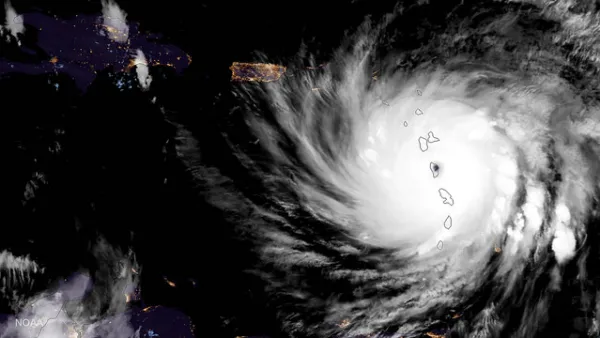
Coronavirus a Major New Complication for Extreme Weather Events
Climate change might not allow the relief from the pandemic that many have been hoping for as the country enters the summer months, as evacuations during the hurricane, tornado, and fire seasons will take on new elements of risk.
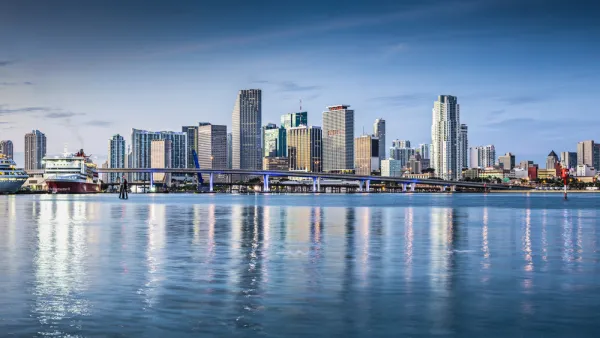
Centering Equity in Climate Adaptation
Avoiding the effects of climate change should not be a privilege for the wealthy.

Crisis Could Result in a More Sustainable Food System
The food system, from supply to distribution and consumption, is undergoing a rapid transformation. Community supported agriculture could potentially benefit.
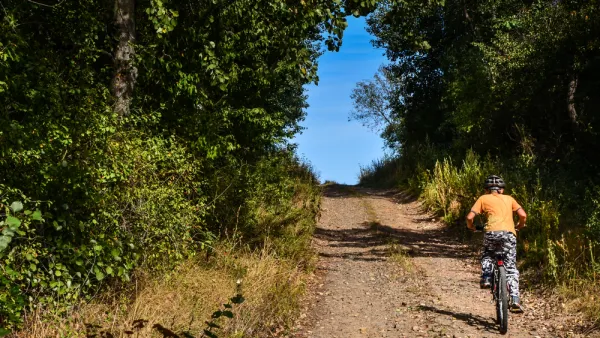
A Love Letter to the Bicycle
Riding a bicycle is not only a coping mechanism; it's also a way to protect ourselves during the coronavirus pandemic.

Where Cities Flout Flood Protection Rules, the Public Still Subsidizes Insurance
An investigation by the New York Times reveals the ongoing neglect of flood considerations in developing parts of the United States—practice that comes with large costs to the taxpaying public.
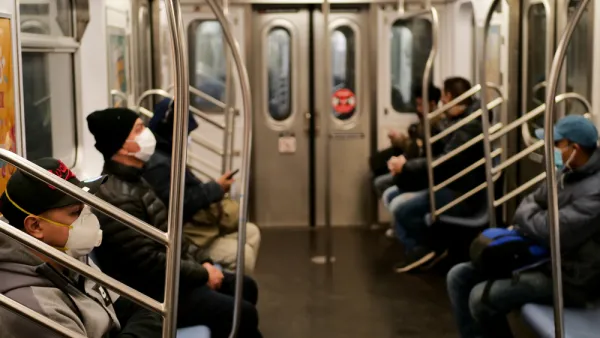
Lessons from Pandemics: Transportation Risks and Safety Strategies
Many people assume that infectious disease risks make public transport dangerous and automobile travel safe, but this is generally untrue. Other factors have more effect on pandemic risk.
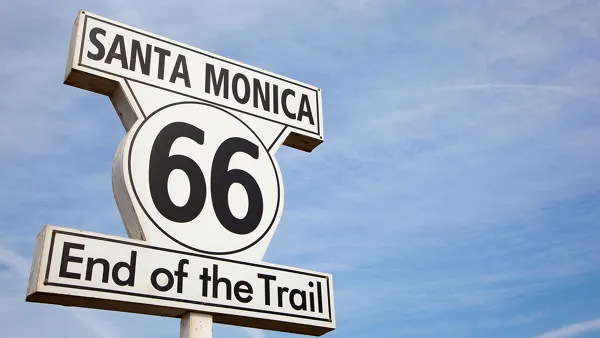
A Canary in the Coal Mine for All Cities? Santa Monica City Manager Steps Down
Rick Cole discusses the existential challenges cities must grapple to be a leading city in the 21st century, Santa Monica's achievements during his five years as city manager, and the sacrifices that will be made as the city endures COVID-19.
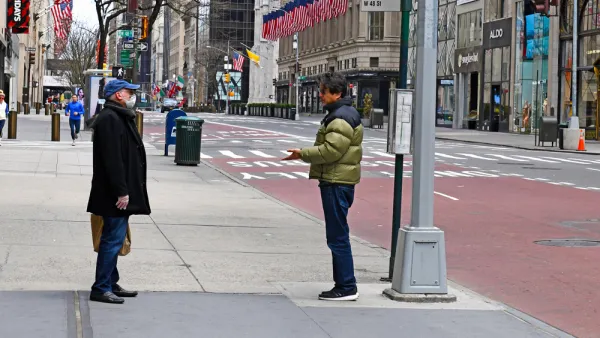
Lessons from Pandemics: Comparing Urban and Rural Risks
Many people assume that infectious disease risks make cities dangerous, but this is generally untrue. Other factors have more effect on pandemic risk and mortality rates, making cities safer and healthier than rural areas overall.
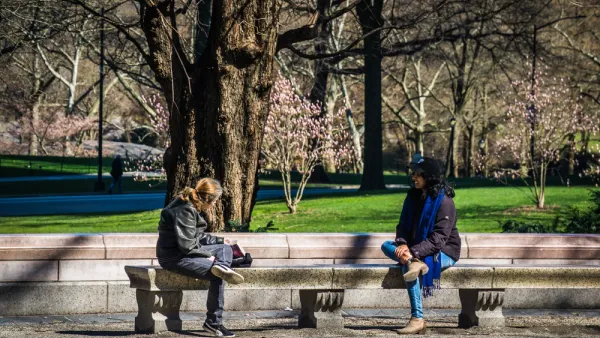
How Cities and Communities Can Rebound From the Pandemic
An interview with Michael Berkowitz, former executive director of 100 Resilient Cities, finds a path to the light at the end of the tunnel.
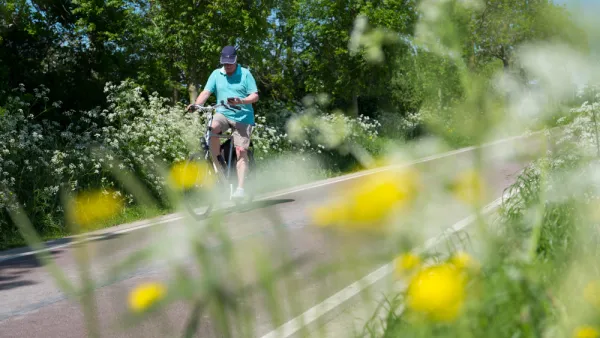
Planners and Pandemics: Identifying Problems and Providing Solutions
Planners are professional problem solvers. Let’s see how our methods can be applied to the COVID-19 pandemic.
Pagination
Urban Design for Planners 1: Software Tools
This six-course series explores essential urban design concepts using open source software and equips planners with the tools they need to participate fully in the urban design process.
Planning for Universal Design
Learn the tools for implementing Universal Design in planning regulations.
EMC Planning Group, Inc.
Planetizen
Planetizen
Mpact (formerly Rail~Volution)
Great Falls Development Authority, Inc.
HUDs Office of Policy Development and Research
NYU Wagner Graduate School of Public Service


































